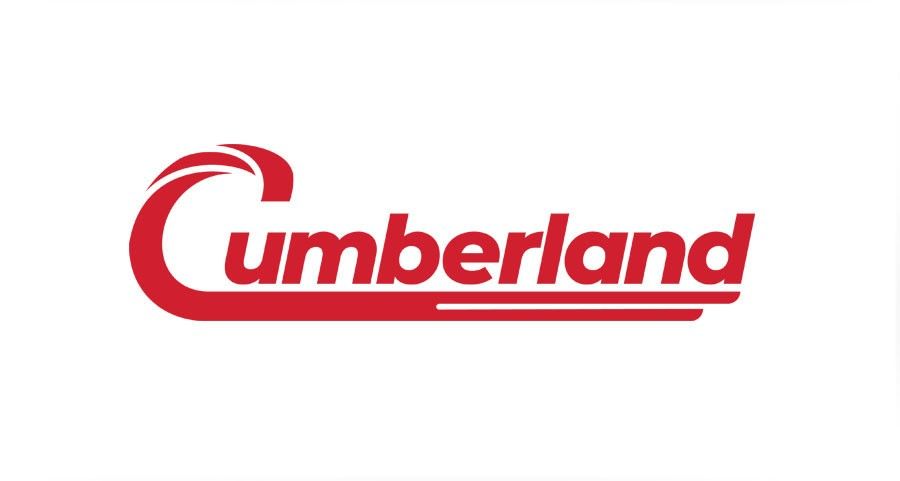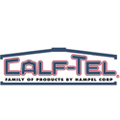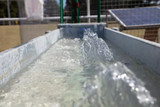How To Keep Livestock Water Clean And Safe
Apr 21, 2022
Water is the most important nutrient for the health of livestock. Contaminated livestock drinking water can cause illness, impact production, and lower profits.
For this reason, ensuring your livestock’s water is clean and safe is a top priority. This guide contains information and tips to help you provide clean water for your animals.
Source Safe Water For Your Livestock
There are many different sources of livestock drinking water, including:
●Shallow and deep wells
●Natural springs
●Ponds
●Streams
Water from any of these sources can contain unsafe nutrients, toxins, and other harmful substances. Be sure to use water from safe sources that you are able to regularly monitor.
If you use an above ground water source, like a stream or pond, be sure the area is fenced off from livestock. Also avoid using manure, chemicals, and other possible contaminants near the water source.
However, your control over rural water sources is limited. This is why monitoring and conducting regular testing is a crucial part of water safety.
Test Livestock Water Sources
To ensure your livestock’s water is safe, regularly test its quality.
There are several methods for water testing. At-home test kits can be purchased and used by anyone to evaluate water quality. These tests can be straightforward to conduct but may only provide limited information about the sample.
Other options include sending out a water sample to a testing lab or having a technician visit and test the water. Many university extensions offer water testing services.
Regardless of the option, be sure it's a trusted test or lab backed by third party accreditation.
How To Test Water
If you’re collecting the water sample for testing, follow all instructions, including how to collect the water samples and how to store them.
Unless instructed otherwise, collect smaller water samples at random intervals using a sterilized container. Mix the random samples into a larger sterile container. This procedure increases the likelihood of detecting harmful substances and limits cross contamination.
Water tests should show levels of the following present in the water:
●pH level
●Total dissolved solids (TDS)
●Nitrates
●Sulfates
●Additional nutrients and organisms
Any of these testing metrics can indicate unsafe water quality.
Depending on the results, you may need to treat the water with chemicals or select an entirely different source. You should share water test results with your veterinarian to better understand what corrective action should be taken.
Treat Livestock Drinking Water
Regular treatment of livestock drinking water helps improve its quality and reduce the chances of disease from contamination.
Water drawn from a well can be treated at the source through a filtration pump to remove minerals and organisms.
If a natural source is used, like a pond or stream, pipe the water into a storage tank before delivering it to livestock watering systems. Treatment and filtration can be performed at the tank; however, be sure to regularly clean the holding tank itself.
Using Water Medicators & Injectors
Injectors are designed to deliver consistent doses of a solution, like antibiotics or chlorine, into a water line before it’s consumed by livestock. Choosing the right injector will depend on the flow rate of your water, its base quality, and the type of chemicals you’re adding to water lines.
If you’re using a medicator to clean lines or treat drinking water, be sure the unit is designed to handle those chemicals. Chlorine and decalers can damage medicators only designed for injecting antibiotics or nutrients.
Not sure what medicator is best suited for your needs? Shop our selection of medicators and injectors to find the right option. Our customer service team is available to help answer questions online or by phone at 1-800-845-3374.
It’s important to note that adding treatment products to livestock water is ineffective if the waterer itself is dirty. Always implement a sanitation plan to regularly clean debris and organic build-ups from watering equipment.
Regularly Sanitize Watering Equipment
Livestock waterers should be cleaned regularly. How often they should be cleaned will depend on the quality of the water source and the type of waterer.
Cleaning Livestock Water Tanks & Troughs
During the winter, freezing is the primary risk for water tanks. In the summer, nutrients and sunlight can create the ideal conditions for algae and other organisms to flourish.
Algae poses a number of risks. It can adversely affect water taste, in turn reducing consumption by livestock. Some species of algae are also toxic and can make livestock ill.
To prevent the growth of algae, livestock water tanks and troughs should be regularly cleaned. In cases when water is left to stand for longer periods, tanks should be cleaned even more frequently.
To clean a water tank or trough, empty it then use a stiff-bristled brush and detergent to clean the entire inside surface. After thoroughly cleaning the trough, rinse it with water. A power washer can be very useful for rinsing troughs and tanks.
Cleaning Poultry Water Lines
Water lines are a primary water source for large poultry flocks. Like any water system, cleaning should begin at the source and include proper treatment to prevent biofilm build-up in lines. However, the lines should still be thoroughly cleaned between each flock.
In between flocks, flush water lines with a high pressure hose. This will remove sediment or other build-up.
After flushing the lines, use a medicator or injector to fill the line with an appropriate amount of diluted water line cleaning solution like CID 2000™ to help remove heavy soils and scale deposits. The solution may need to remain in the line for up to three days depending on the concentration. Always follow the manufacturer’s directions.
Finally, flush the lines once again with a lower pressure source to clear out the cleaning solution.
Cleaning Pig Drinkers
Nipple drinkers for pigs are a commonly used method for supplying water. Cleaning drinkers involves much of the same process as cleaning poultry water lines.
All lines to the drinkers should be flushed and treated with an appropriate cleaning solution like IMPACT nipple and nozzle cleaner.
Bowls and nipples should be thoroughly cleaned as well. This equipment can be scrubbed with a firm bristle brush. Nipples can be detached and flushed.
Shop For Waterers And Medicators From Farmer Boy
Whether you’re updating your current watering system or installing a new one, Farmer Boy has livestock waterer systems and parts to make the job easy. We also have a wide selection of medicators and injectors to help treat water.
Shop online today or give our customer service team a call at 1-800-845-3374 for help finding the right equipment for your livestock.






